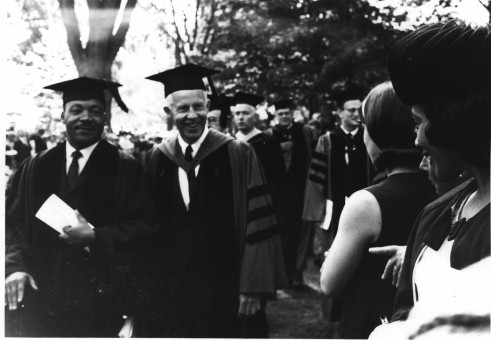I have wanted to have a Little Free Library ever since I heard about them. Our home is situated perfectly for one, on a corner lot at the entrance to a small new subdivision with residents of all ages. When we had our front yard redone to make it even more drought-resistant, I asked the landscaper to put in a post for the library and ordered a "Purple Pickle" library from the website. Not only do the colors match some of the flowers in our yard, it was also a special, arriving with a package of 10 children's books.
We finally got it put up this week, and there has been movement in the book collection ever since. I put in a variety of children's books, including some wonderful kids' science books from the National Science Teacher Association, some books on how to make math easier for our teenagers and a few books for the parents and grandparents. We have loads of books, so I'm hoping we can send a lot of them through our community library!
The neat thing about the Little Free Library is that users can take a book and maybe replace it with something else. There is a constantly changing variety of books in our little library, which is fun to see. People took to it immediately.
As you can see in the picture, part of the new landscaping is a new path with a couple of steps and a little bridge over our "Arroyo Seco", which the kids have put to use as short cut and place to sit while looking at the books. It's as if our corner front yard has become public, at least for the children, which is fun to watch. I noticed that the library is a little high for the smallest children to see in, so I've asked the landscaper to make a step in front of it, which can also serve as a seat.
We finally got it put up this week, and there has been movement in the book collection ever since. I put in a variety of children's books, including some wonderful kids' science books from the National Science Teacher Association, some books on how to make math easier for our teenagers and a few books for the parents and grandparents. We have loads of books, so I'm hoping we can send a lot of them through our community library!
The neat thing about the Little Free Library is that users can take a book and maybe replace it with something else. There is a constantly changing variety of books in our little library, which is fun to see. People took to it immediately.
As you can see in the picture, part of the new landscaping is a new path with a couple of steps and a little bridge over our "Arroyo Seco", which the kids have put to use as short cut and place to sit while looking at the books. It's as if our corner front yard has become public, at least for the children, which is fun to watch. I noticed that the library is a little high for the smallest children to see in, so I've asked the landscaper to make a step in front of it, which can also serve as a seat.











